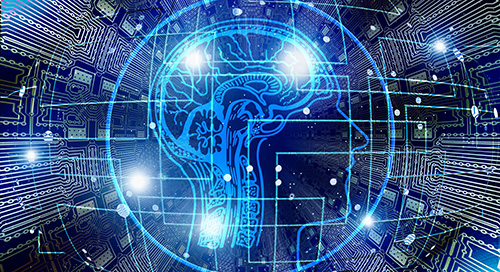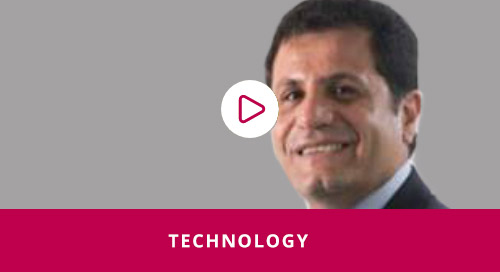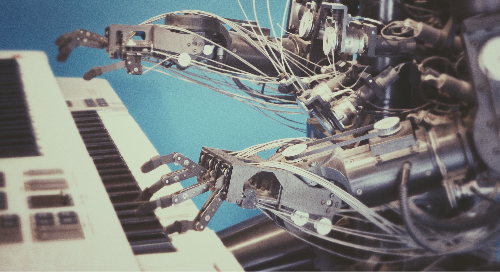how-machine-learning-can-combat-errors-and-fraud-2
January 20, 2021
In a recent Wiley podcast, Eli Fathi, president and CEO of MindBridge AI, shared some interesting insights about how data analytics and AI have started to change the very nature of how we assess accounting data.
Accounting data is comprised of the income statements and balance sheets derived from the financial numbers that indicate whether or not a company is profitable. However, this data is more than just the final tally that decides if a company is in the red or the black. There are patterns within those numbers that can be analyzed to potentially improve processes, save money, and stop fraud.
This is another reason why the importance of data analytics and forensic accounting continues to grow within the finance and accounting industries. While this might seem difficult due to the large numbers of data that are generated from a single company, machine learning and artificial intelligence (AI) have helped streamline the processes and paved the way for improved financial controls.
How do data analytics and AI change how we look at accounting data?
Over the past 100 years, the methodologies associated with audit processes haven’t changed much. One of the key issues with this process is the use of sampling, where you look at a small sample of the overall population and then try to determine the behavior of the full population. This sometimes makes it difficult to find fraud, as it can be seen as just an error.
With computers and AI, we can see if there are other patterns tied to it the error that could show an error with intent. Whereas humans need to do small samples to predict how the overall population behaves, computers and/or software read every transaction and put it through a set of algorithms called “control point insights.” Then, each of the transactions is scored and categorized into one of three levels (low, medium, and high) based on the probability of fraud. Then, investigators determine whether this transaction needs further assessment.
How does time add to the complexity of data analytics, if at all?
Time is important, but it’s not the only thing that helps shape data analytics. While the longer you have the time series to work with the better your ability to look at the pattern is, you also need to consider the ways that transactions interact with other data.
A company has well-established processes (payroll and supplier purchases) and those that arise as needed. When you combine all of these, you generate a map of transactions that identify things that are high risk and can start investigating them. By having a holistic view of the entire picture, a company can make better decisions.
Are these risks based on patterns or the level of certainty you have with the pattern itself?
The beauty of AI is that you have the notion of machine learning, and big data is the fuel that makes machine learning happen. The more data sets that are available to feed into the machine, the more practice the algorithms get analyzing, and the sharper the AI becomes at spotting troubling patterns.
Will the ability to do analytics before/while data is being gathered have an impact on the front end of the process?
Absolutely. The front end is where most of the challenges take place with acquiring and ingesting the data.
When transferring data from one system to another, it can get corrupted or entered incorrectly. With AI, you get the highest fidelity possible without any human intervention or incorrectly entered/calculated data.
Does pattern error suggest that one day a computer/analytics system will be able to detect intent in real time?
Yes, someday. At this point, we still need a professional’s judgment to determine if the intent is malicious, erroneous, or by omission.
As more data sets go through the AI engine, it can detect certain patterns that can be categorized as intent to defraud. At this point, the datasets aren’t that extensive, and we still want to have professionals look at things and make the final call on possible fraudulent instances.
How can we learn more?
We need to be ready to use and adapt to AI as more and more businesses begin to incorporate it.
For a more detailed discussion, listen to the full podcast here. You can also browse Wiley's latest titles in computer science, covering machine learning and many other hot topics in the field.
Eli Fathi is the president and CEO at MindBridge AI, the developer of Ai Auditor—the world’s first auditing tool based upon artificial intelligence and machine learning technologies that uncover errors in financial data. Eli has been a technology entrepreneur for over 30 years, having founded or co-founded many successful technology companies.










